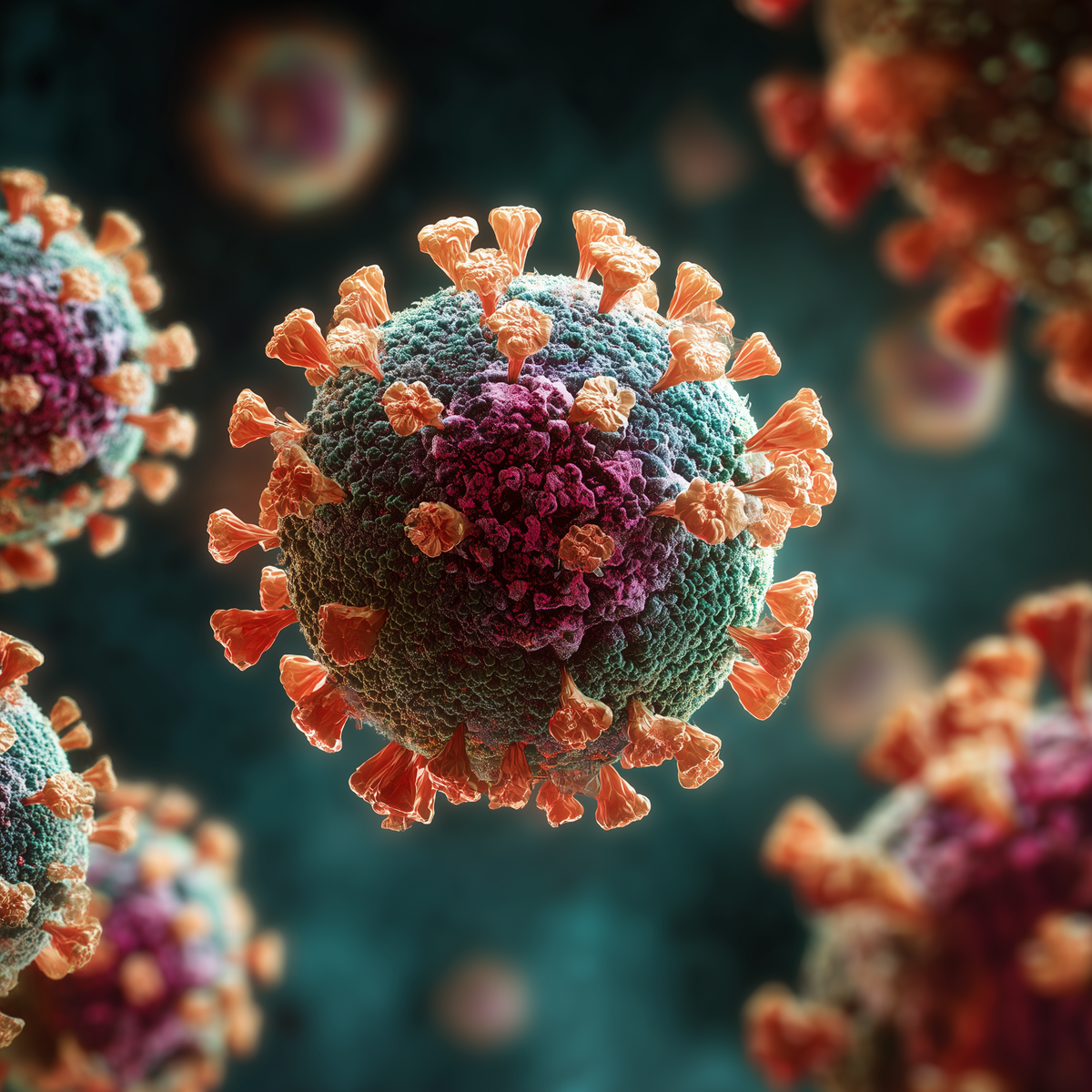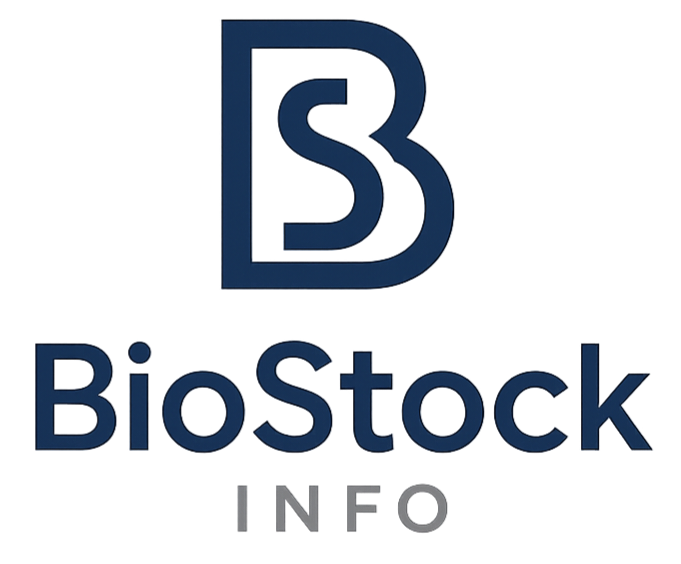ALGS Part 1: The Virus That Won't Die & The Team Playing Chess While Others Play Checkers
For forty years, Hepatitis B has been medicine's greatest escape artist—suppressed but never caught. Now a battle-tested team thinks they've finally closed the trapdoor, and the market is betting they're wrong.

1) The 40-Year Escape Act
Hepatitis B Virus doesn't fight like other viruses. It hides.
Most viruses are straightforward targets: find them, kill them, cure the patient. But HBV evolved a trick that has stumped medicine for four decades—a hidden reservoir called cccDNA that sits in the liver's nucleus like a master key, silently regenerating viral particles no matter how hard you suppress them.
It's the biological equivalent of a regenerating hydra: cut off one head (suppress viral replication), and the cccDNA blueprint just grows it back. Stop treatment, and the virus roars back within weeks as if you'd never touched it.
This is why Gilead Sciences built a $200+ billion empire on a stalemate. Their drugs (tenofovir, entecavir) don't cure HBV—they cage it. Patients take pills for life. The suppression is nearly perfect. The cure is nonexistent.
Hepatitis C fell quickly once Gilead cracked the code (Sovaldi/Harvoni). HIV became manageable with combination therapy. But HBV? 300 million people infected worldwide, over 40 years of trying, and not a single approved cure. The virus always finds the trapdoor.
Until someone figures out how to close it.
2) The Littered Landscape
This isn't a space where companies haven't tried. The failure isn't from lack of effort—it's from biological complexity.
The attempts have been many:
- Assembly Biosciences (ASMB): Capsid modulators that showed early promise, then fizzled in Phase 2, partnered with Gilead. Market cap: ~$400M, drifting.
- Arbutus Biopharma (ABUS): RNA-targeting assets in development for years, modest signals, extended timelines. Trading at ~$800M.
- GSK: Massive resources behind bepirovirsen (ASO), now in Phase 3—but the numbers are sobering: 10-15% functional cure rates in combinations, with tolerability issues.
- Vir + Gilead: High-profile partnership, billions in potential milestones, but clinical readouts have been mixed and timelines keep stretching.
- Roche (via Dicerna/Novo Nordisk): Advancing an siRNA program through Phase 2 using licensed assets from Dicerna (now owned by Novo). Notably, Roche also holds a ~9% stake in Aligos despite having no formal partnership—hedging bets across multiple mechanisms.
Even the "leaders" are struggling. The problem is fundamental: HBV cure requires two things no single drug has delivered:
- A backbone to suppress viral replication and weaken the cccDNA reservoir
- An RNA agent (ASO or siRNA) to clear the massive antigen burden that exhausts the immune system
No company has both. Most are racing to develop one piece while hoping someone else cracks the other.
Except one team decided to play a different game.
3) The Reunion Tour That Already Sold Out Once
Before we talk about the science, we need to talk about the architects—because in biotech, past performance actually is indicative of future results when the same team runs it back.
Lawrence Blatt didn't start Aligos as his first rodeo. In 2014, he co-founded Alios BioPharma, a small antiviral company developing therapies for RSV and hepatitis C. That company never went through the brutal public market grind. It was acquired by Johnson & Johnson for $1.75 billion in cash—a clean exit before most retail investors even heard the name.
But here's what separates Aligos from typical biotech spin-outs: Blatt brought the band back together.
- Julian Symons (Chief Scientific Officer) — at Alios
- Sushmita Chanda (Chief Development Officer) — at Alios
This isn't a team assembled from LinkedIn searches. This is the same core group that already executed a nine-figure exit, deciding to aim higher.
They know how to:
- Navigate FDA pathways without stumbling
- Build partnerships with Big Pharma
- Take antivirals from discovery to dealmaking without years of dilution
- Actually close the deal
They've done it before. Together.
And the market is currently pricing Aligos as if that track record is worth less than zero.
4) The Market's Math Problem
Here's the absurdity:
October 2025:
- Stock price: ~$10
- Market cap: ~$63 million
- Cash position (Q2 2025): $122.9 million
Read that again.
The market is valuing the entire company—pipeline, IP, proven management team, clinical assets—at roughly half its cash balance.
This isn't a distressed company. Aligos has:
- No debt
- A Phase 2 asset with the best oral HBV data in the field
- A ~9% stake held by Roche (despite no formal deal)
- Cash runway into 2026
And yet the market is saying: "Everything you're building is worthless—or worse."
5) How Did This Happen?
The mispricing didn't emerge overnight. It's the result of three converging forces:
2022: Strategic Pivot Seen as Retreat
Aligos discontinued its early siRNA and ASO programs after mixed results. Scientifically, this was smart—focus on the strongest asset (ALG-000184). Narratively, it looked like failure. Investors bailed.
2022-2024: The Biotech Apocalypse
Small-cap, clinical-stage biotech was obliterated. Companies without Phase 3 data or near-term catalysts were indiscriminately punished. Aligos, despite advancing its lead candidate, got caught in the undertow.
The "Long Road" Narrative
HBV cure requires combinations, multi-year trials, and complex biology. Even with strong data, the market sees a marathon. Patience is a rare commodity in beaten-down biotech.
The result? A story of retreat and uncertainty drowned out the scientific progress. The stock collapsed. Retail moved on. Institutions wrote it off.
But the science kept advancing.
6) The Asset They're Pricing at Zero
Aligos's lead candidate, ALG-000184, is a Class E Capsid Assembly Modulator (CAM-E)—an oral, once-daily pill with a mechanism that attacks the virus's escape route.
Here's what makes it different:
Dual Mechanism:
- Disrupts viral capsid assembly (stops new virus production)
- Blocks cccDNA replenishment (closes the trapdoor the virus uses to regenerate)
Unprecedented Human Data (96 weeks, Phase 1):
- 100% viral suppression in all patients (both HBeAg+ and HBeAg-)
- Multi-log antigen reductions (HBsAg, HBeAg, HBcrAg)—something tenofovir doesn't touch
- Zero resistance mutations with sustained suppression
- Excellent tolerability
This is the first oral therapy to show both DNA suppression and antigen decline in humans—exactly the profile needed for a functional cure backbone.
And in August 2025, Aligos launched B-SUPREME—a Phase 2 trial that isn't playing it safe.
Instead of adding ALG-000184 on top of standard therapy, they're going head-to-head against tenofovir (the global standard of care) in a double-blind superiority trial. This is approximately 200 treatment-naïve patients, randomized to receive either ALG-000184 or tenofovir for 48 weeks.
Most companies choose safer designs. Aligos is swinging for superiority.
If B-SUPREME hits, ALG-000184 doesn't just become a backbone option—it becomes the new standard.
Timeline:
- Interim data: 2026
- Full topline: 2027
7) The Optionality They're Also Ignoring
But ALG-000184 isn't the only asset in play.
ALG-055009 (MASH Program):
A THR-β agonist that delivered ~46% placebo-adjusted liver fat reduction in Phase 2a—on par with or better than competitors. Aligos has this asset on the partnership block.
For a company trading at ~$63M, any MASH deal would be transformative:
- Non-dilutive capital to extend runway
- External validation that forces the market to reconsider its skepticism
Even a modest partnership would shift the narrative overnight.
ALG-170675 (Next-Gen ASO):
Presented at EASL 2025, this internal ASO showed:
- Potency surpassing GSK's bepirovirsen in a preclinical setting.
- Improved liver targeting and lower renal toxicity in preclinical models
- Co-developed with Xiamen Amoytop Biotech (partner in China)
While early-stage, it provides internal RNA optionality if external partnerships don't materialize.
8) The Strategic Edge: Playing Chess
Here's where Aligos's strategy diverges from everyone else in the HBV space.
Most companies are locked in a binary race:
- Win with your mechanism, or lose everything
- Beat the competition, or become irrelevant
Aligos is playing a different game.
They're not trying to "win" the RNA race (ASOs vs siRNAs). They're building the backbone that every RNA program will need. Whether GSK's ASO succeeds, Vir/Gilead's siRNA works out, Arrowhead advances its RNAi, or Roche's Dicerna-licensed program progresses—all of them will need a backbone partner.
ALG-000184 fits with any of them.
This is strategic optionality: Aligos benefits regardless of which RNA approach wins. The company's value multiplies as the RNA field advances, rather than competing with it.
And critically, they have their own ASO (ALG-170675) if they need to go it alone.
9) Why This Team, Why Now
So why should anyone believe Aligos will succeed where others have stumbled?
1. Proven Execution: Blatt, Symons, and Chanda already sold a company for $1.75B. They know the playbook.
2. Differentiated Mechanism: ALG-000184 is the only oral agent showing both suppression and antigen decline—the two requirements for cure.
3. Bold Trial Design: B-SUPREME's head-to-head superiority trial signals confidence, not caution.
4. Strategic Positioning: Whether partnering or competing, ALG-000184 fits into virtually any cure regimen. The company wins if the field wins.
5. Cash Cushion: At $123M cash vs. $63M market cap, downside is limited. The market is giving you the science, the team, and the strategy for less than the cash in the bank.
6. External Interest: Roche holds 9% with no deal required. Amoytop is sponsoring trials in China. Not everyone has abandoned ship.
10) The Setup
Aligos Therapeutics is not a safe bet. HBV cure is one of medicine's hardest problems, and clinical-stage biotech carries inherent risk.
But the current valuation prices in only the risk while assigning zero probability to:
- A team that already built and sold a billion-dollar antiviral company
- The first oral therapy with human proof-of-concept for both suppression and antigen decline
- A Phase 2 superiority trial that could redefine standard of care
- A MASH asset that could bring partnership capital at any moment
- A balance sheet where cash alone exceeds market value
This isn't rational pricing. This is capitulation masquerading as analysis.
The market sees a small company with a long road ahead. It's missing the team that already traveled this road once, the asset that's closing the trapdoor HBV has used for 40 years, and the strategy that wins even when others succeed.
In Part 2, we dive into ALG-000184's mechanism, the 96-week data that no other oral therapy can match, and why the upcoming post-treatment readout could prove that the trapdoor is finally closed.
Disclaimer
The information provided on this website is for informational purposes only and should not be construed as
financial, investment, legal, or professional advice. While efforts are made to ensure accuracy, no guarantee
is given regarding completeness or reliability. Visitors should conduct their own research or consult a qualified
advisor before making any decisions. External links are provided for convenience and do not imply endorsement.
